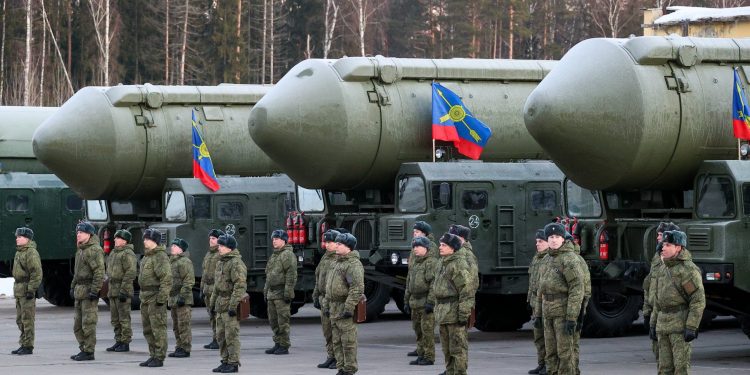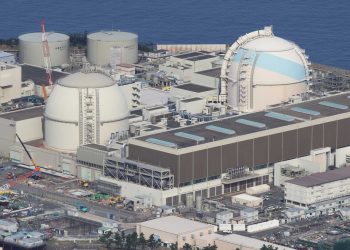Russia’s new nuclear doctrine reflects its hopes to deter Ukraine’s allies from a greater role in the war by establishing red lines hedged with added ambiguity, experts say.
Moscow warned on Tuesday that it would respond after Ukraine fired longer-range US missiles at its territory for the first time, as President Vladimir Putin issued a nuclear threat on the 1,000th day of the war.
Foreign Minister Sergei Lavrov said the attack showed Western countries wanted to “escalate” the conflict.
Putin signed a decree on Tuesday lowering the threshold for using nuclear weapons, a move that the White House, UK and European Union condemned as “irresponsible”.
Washington this week said it had cleared Ukraine to use ATACMS against military targets inside Russia — a long-standing Ukrainian request.
The missile attack would have been “impossible without the direct involvement of Americans,” as well as the French or the British with their Scalp/Storm Shadow missiles, said Russian military analyst Vassily Kashin.
“From the Russian perspective, this use is equivalent to an attack by them on Russian territory,” he told AFP.
Such weapons had already been used in Crimea and the Donbas regions which, Kashin said, the Kremlin considers to be Russian territory, but the international community does not.
Putin, who began issuing nuclear threats shortly after invading Ukraine in 2022, may want to add credibility to the repeated warnings.
According to the Telegram channel Rybar, close to the Russian military, “Russia’s latest warnings, like its red lines, are taken less and less seriously. In the face of this, the adversary is reducing Russia’s room for maneuver.”
‘Closer to a direct conflict’
Maxim Starchak, a specialist on Russian nuclear policy at Queen’s University in Canada, said that the Kremlin’s doctrine “lowers the threshold” for nuclear weapons use. But it also “introduces ambiguity”, he said.
“On the one hand, Russia speaks about the possibility of using nuclear weapons in case of a territorial threat, but on the other hand, the scale of such a threat is not clear.”
Setting aside the nuclear question, Starchak said, the recent arrival of North Korean troops on the Russian side, and the US-supplied missile launches on the Ukrainian side “are certainly an escalation of the conflict”.
While either development “does not mean that the finger is already on the nuclear button, we are getting closer to a direct conflict between Russia and NATO countries,” he said.
It is imperative for Russia, said Pavel Podvig, a Geneva-based independent analyst, “to achieve its goals sooner rather than later” and intensified western assistance for Ukraine is slowing the Kremlin down.
“Russia is pushing forward and maybe the calculation is that Russia wants to keep its momentum,” Podvig said.
Having gained costly territorial advantages in recent months, Putin may seek to exploit a window between the Biden administration and the presumably more accommodating Trump presidency, according to Tatiana Stanovaya, of the Carnegie Russia Eurasia Center.
Putin may see the current situation as a strategic “in-between” moment, she said, anticipating possible peace initiatives from Trump while emphasizing what he views as the “irresponsibility” of Biden’s policy.











Discussion about this post